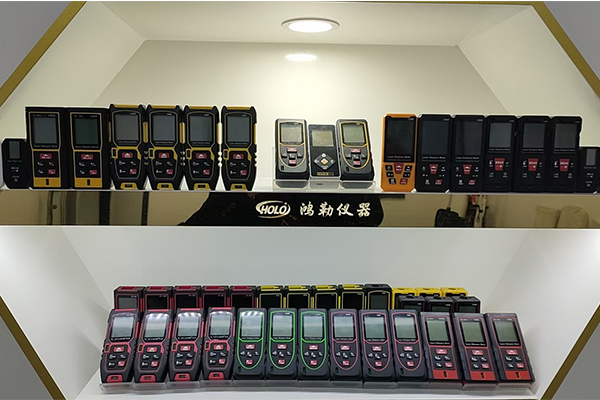Laser distance meter use laser for measurement, featuring high precision and the ability to cross obstacles, while ultrasonic measuring instruments rely on sound waves. Ultrasonic waves propagate in a conical shape from the device, yielding imprecise measurement results, and objects or pillars can cause the sound waves to deflect. Generally, an ultrasonic measuring instrument has an operational range of 80 meters, whereas a laser rangefinder can reach up to 200 meters, delivering more accurate measurements simultaneously.
1.Precision:
● Ultrasonic distance meters offer centimeter-level accuracy.
● Laser distance meters achieve millimeter-level accuracy.
2.Measurement Range:
● Ultrasonic distance meters typically cover within 80 meters.
● Handheld laser distance meters can measure up to 200 meters, while laser ranging telescopes extend to hundreds or even thousands of meters (their accuracy is usually 1 meter or tens of centimeters).
3.Error Proneness:
● Ultrasonic distance meters are prone to errors due to the fan-shaped emission of sound waves. When there are many obstacles in the wave path, multiple reflected waves cause interference, leading to false readings.
● Laser distance meters emit an extremely narrow laser beam. As long as the beam can pass through, interference is minimal.
4.Price:
● Ultrasonic distance meters cost from tens to hundreds of yuan.
● Laser distance meters range from hundreds to tens of thousands of yuan, varying significantly based on precision and measurement distance.

